Subscribe to the Newsletter
If you are interested in understanding how Traditional Chinese Medicine can improve your life sign up to my newsletter for the latest updates.
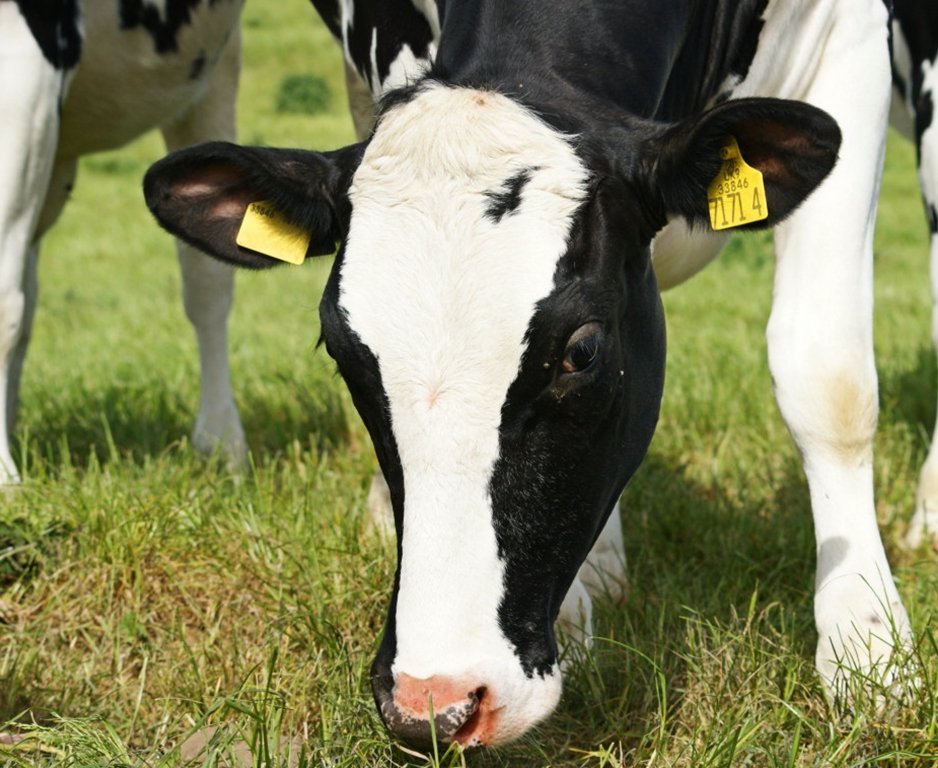
This page shows links to other pages on acupuncture-points.org. It’s a big subject!
Acupuncture point …
Acupuncture points can occur spontaneously almost anywhere on the body, caused by stress, injury, disease and so on. But such points mostly don’t endure permanently. Other points, mostly on acupuncture channels, do persist while you live and for a short while afterwards – see Research.
The model which explains how they work and what they do comes basically from two theories:
Together these make up modern TCM theory. However, there’s much more to it than that.
There are many ways of looking at how acupuncture points work, and how acupuncture point channels function. The background to this is the diversity of family traditions in China over some three thousand years and the sometimes turbulent history of the interaction between politics and practice.
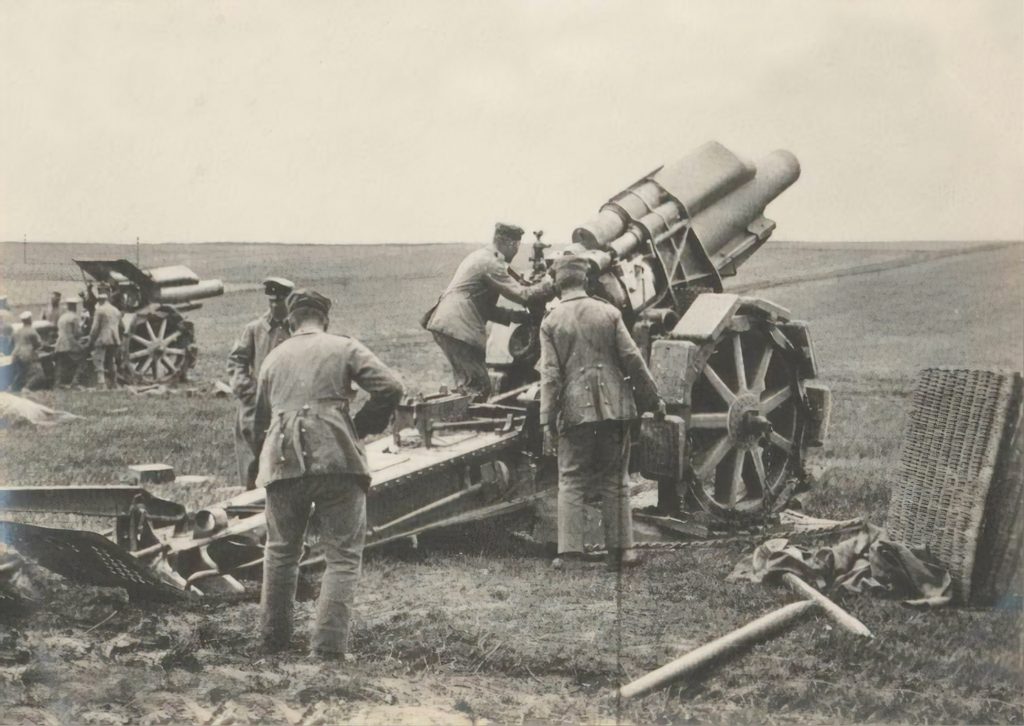
For example, in the 1950s Chinese President Mao ze Dong forced acupuncture theoreticians to produce simple summaries of how it worked for rural practitioners known as Barefoot Doctors.
In the process, ancient families either fled China to preserve their acupuncture traditions or stayed and died, their knowledge lost to posterity.
Many non-classically trained acupuncturists use point ‘formulae’ from that era. To my mind, they are only partly effective and can give acupuncture a bad name when they don’t work.
(Why don’t they always work? Because everyone is different! A formula isn’t individualised.

As with motor cars, we all have our own needs and preferences. That’s why there are so many models available.)
Using just these formulae would eventually be bad for the acupuncturist who, in my observation, would eventually abandon his art from boredom. Such a pity! Acupuncture point and acupuncture channel theory are huge, sophisticated and demanding subjects which can produce amazing results, often beyond the comprehension of modern medicine.
Still, acupuncture and its underlying theories did spread. Buddhist monks for example took it to Japan in the 6th Century AD, and to Korea and Vietnam.
Over several thousand years these countries developed their own ‘take’, although always founded on the treatise written around 700BC, the Huang Di Nei Jing. Of this extraordinary book there are many editions and translations. The edition most favoured in the West nowadays is probably that by Professor Paul Unschuld, but it is expensive.
Some family traditions survive. What they teach varies from the ‘simple’ to the highly sophisticated. For example those of:
Some points are important. Dr James So, for instance, prefaced his book on the points of acupuncture by saying
‘There are 365 acupuncture points but some of them are not often used and are therefore not as important…. we will discuss the 200 most important points.’
For more on this see categories.
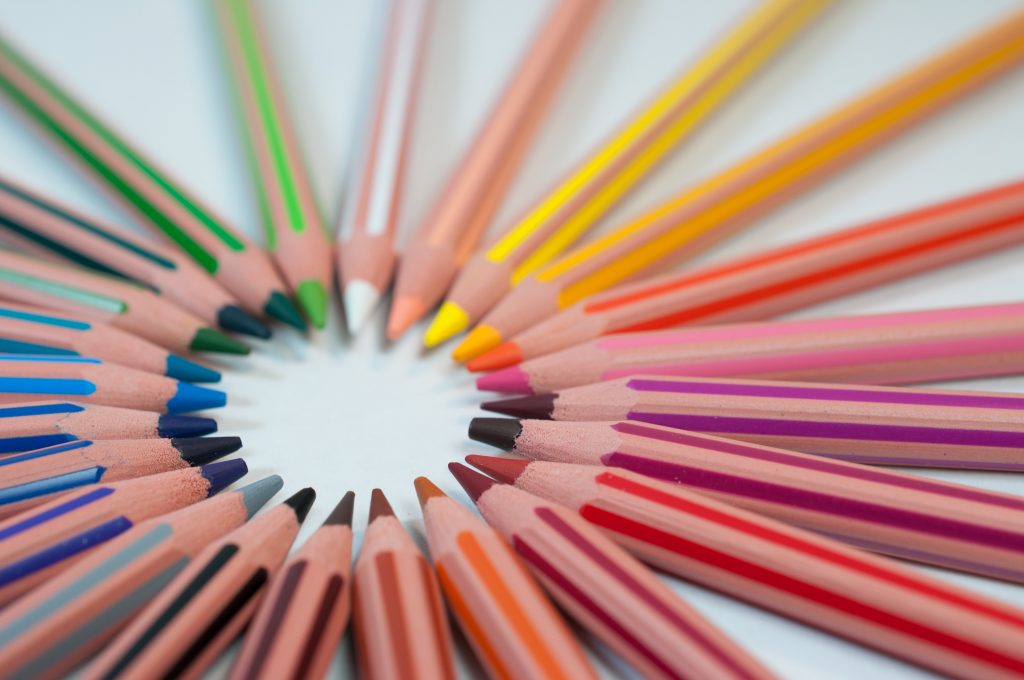
Some acupuncture points on the limbs are very important. You’d think that, being far from the centre – the torso itself – they’d be less important, but not so.
The arms and legs contain what are called the ‘control‘ or ‘master‘ points, also called yuan-source points.
Perhaps not all of them have the same raw energy as acupuncture points on the body. But they make up for it with influence!
When carefully chosen, they hugely enhance treatment. In fact, I’d go further and say that ignoring them is a dis-service to the patient.
There are many theories advanced by scientists. Here is a way to understand it using an analogy. This still doesn’t answer the inquiring scientific mind but then, analogies seldom do.
They described energy and the movement and transformation of energy. On that basis, the story of Daisy (see above for her flattering picture, but sorry, can’t do the smell) makes sense.
Think of it this way.
Suppose you’re in a train, commuting from Edinburgh to Glasgow – about 50 miles = 80 kilometres.
One day, your train stops, just short of Falkirk (about half way to Glasgow.)

Unusual, but you’re not worried – yet.
Five minutes pass. Now you are concerned because when the train does run on time, with a 5 minute dash the other end, you can just make it to your office by opening time, 9am.
Another five minutes elapse. Now you’re definitely worried. You phone and text to say you’ll be late.
Worse, you’ve arranged to meet an important client at 0915hrs: he’s coming in to your office and you must be there.
Even if the train departs immediately it will be tight.
Ten more minutes pass. Now not just you but everyone is anxious. There are people to meet, trains to catch, children to care for, offices to man and for you, hell to pay.
What you don’t know is this – because the train driver hasn’t heard the news himself so can’t pass it on to you. Ahead of you on the line is another train, also stopped. And ahead of that another, again stopped.
In fact all the trains ahead of you on the way to Glasgow are stopped. And all the trains from Glasgow up to Perth – all stopped. And all the trains from Perth back down to Edinburgh, all stopped!
Because of Daisy, a large, happy and well-fed Friesian cow in superb sexual health. She’s standing on the railway line, considering which of two attractive bulls – one each in a field on either side of the line – has the better voice (and smell).
Daisy is basking provocatively on the line and frisking her sexy tail.
Alerted by the competitive bellowing, someone notices her.
A series of safety features kicks in, bringing to a halt in turn the trains from Perth to Edinburgh, Glasgow to Perth and Edinburgh to Glasgow. (Probably all other trains within a 100 miles too.)
So what happens next?
Well eventually Daisy makes up her mind. Here comes the interesting bit: by now you have a headache, like everyone else in your carriage. If you could, you’d be beside the track walking, but the doors won’t open.
All the signals remain red.
Remotely, in Carstairs, (40 miles from both Glasgow and Edinburgh), in the main railway signal-box for the South of Scotland, the signal-man gets a call.
Daisy has chosen her field of play. One of the bulls in unhappy. Fortunately people won’t hear his opinion as they whizz past.
The signalman presses a button.
Starting in North Queensferry (Daisy’s home), signals turn from STOP to GO, proceeding backwards to Perth, then to Glasgow and finally to Falkirk.

Your train starts to move.
At last!
The problem was noticed by you in Falkirk. That’s where the pain or problem was that the patient complained about. The underlying cause was Daisy and her admirers in North Queensferry. (You might never get to know about this.)
Once that underlying cause settles, possibly of its own accord or because of some other action by the therapist, the system can be put to ‘go’ by a signalman 60 miles away.
Similarly, the acupuncture points that control many of the energetic workings of the body are remote, on the limbs, between knees and toes, or elbows and fingers.
Over three thousand years they have been found to be able to exert extraordinary influence on how your body gets well.
Classically-trained acupuncturists understand and use this knowledge.
(Others ignore it and perhaps their patients don’t get well so fast nor stay well for as long.)
Between elbow and fingertip, and between knee and toe-tip, the acupuncture channels contains points known as Master points. Depending on how used these are the:

Each of these acupuncture points seems to exert influence not just locally, when they might be used to deal with pain or problems in the area, but also to ‘manage’ the overall workings of the mind and body.
It would be rare to find a classically trained acupuncturist who failed to consider the ‘master’ acupuncture points during a treatment.
Why? Because they back up and support whatever else is done.
It is like, but more powerful than, getting both your parents and your parents-in-laws on your side during a marital ‘discussion’.
Although the ancient Chinese acupuncturists discovered an amazing amount about these points, we are still discovering more.
Gradually we are beginning to recognise new ways of using them in the modern ‘Westernised’ world. eg Applied Kinesiology and similar theories use acupuncture point theory as their basis.

Stay in Touch!
No spam, only notifications about new articles and updates.

Book a Video consultation if you want to know more about your symptoms

This Introductory Chinese medicine course introduces you to the amazing thinking behind this ancient medicine, now increasingly in demand.
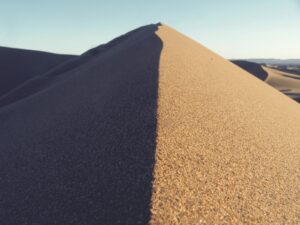
The Scottish College for Chinese medicine provides introductory courses for all, explaining Chinese medicine and its cultural background.
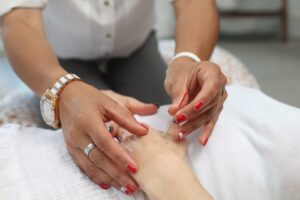
Master Tung’s acupuncture is a hidden treasure, lost to China but recovered in Taiwan from where it spread round the world.

Knee pain has five main causes. It’s certainly worth trying acupuncture before you resort to surgery!
Subscribe to the Newsletter
If you are interested in understanding how Traditional Chinese Medicine can improve your life sign up to my newsletter for the latest updates.
Subscribe to the Newsletter
If you are interested in understanding how Traditional Chinese Medicine can improve your life sign up to my newsletter for the latest updates.